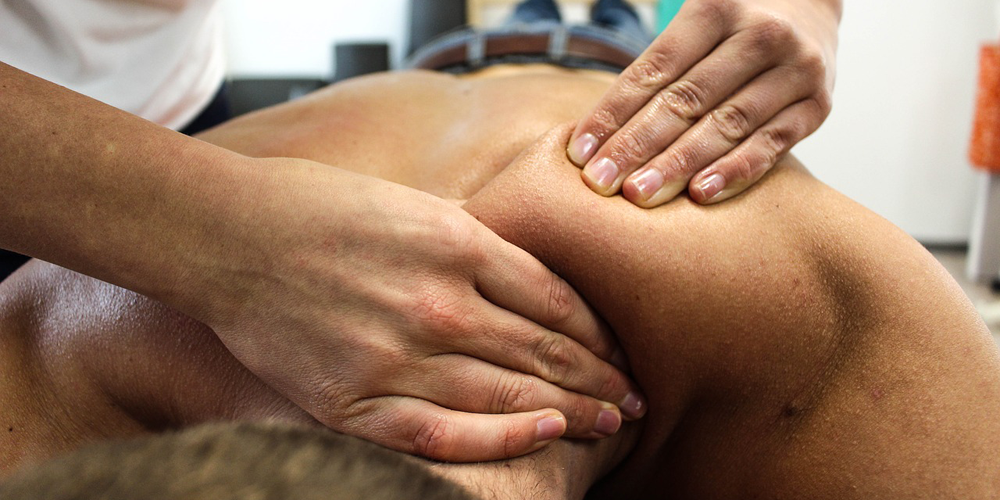While we recommend seeing a chiropractor after a car accident, the most important way to…

5 Things To Do After Whiplash Injury From A Car Accident
There’s a sense of freedom in driving a car: top down, music playing, a nice breeze. Unfortunately, there’s also a danger aspect, as drivers can occasionally find themselves out of control or unable to prevent a crash. It’s common to experience a whiplash injury from a car crash when met with direct force, and such coercion to the neck can interfere with your daily life, unless immediately attended to.
How do you know if you have whiplash? Prevalent whiplash symptoms include: stiffness in the neck, headache, shoulder and low back pain, lightheadedness, numbness in the arms or fingers, and impaired sleep or memory.
If these whiplash symptoms are present, it’s time to take the next steps towards bettering your condition and speeding recovery. The healing process could last between a few days and a few months. Here are 5 things to do after a whiplash injury from a car accident.
Go To A Doctor

If you feel any pain, book it to a nearby doctor for immediate medical care. Sometimes whiplash injuries are more serious than you think and can result in prolonged damage. In case you might need to file a personal injury lawsuit, you need evidence of an instant appointment to validate your case. Whiplash injuries can impair soft tissues and create long-term physical problems, so don’t take it so lightly.
Ice & Take Anti-Inflammatories

If you find yourself in a rear-end car collision, which is the most common type of car accident relative to a whiplash injury, you should immediately reach for ice and over the counter pain-killers to improve swelling and pain and to keep the injured areas safe from any sudden movements. Avoid applying heat immediately, but after the fourth day, you’ll able to alternate between heat and ice therapy for greater relief.
If the ice and medications aren’t enough, it’s important to see a doctor. Your physician might take an x-ray, CT scan, or MRI to properly diagnose a more serious condition and provide a subsequent prescription.
Get Chiropractic Help
Following a whiplash injury, it might be wise to make an appointment with a chiropractor to help with proper alignment and healing. Seeing a chiropractor after whiplash has many benefits, as chiropractic care can directly target the issues that appear with whiplash and treat joint dysfunction.
An initial assessment will disclose the certain chiropractic therapies that are required, as whiplash injuries can differ between patients. Various techniques include: spinal manipulation, muscle relaxation or stimulation, body exercises to improve joint mobility and function, as well as ergonomic and lifestyle adaptations to create healthier joints and strengthened resilience.
Try Massage Therapy
To complement chiropractic work, massage therapy after a car accident can improve the victim’s physical being, as well as his or her emotional state. Massage therapy can relax and soothe sore muscles, and if done on a regular basis moving forward, it can prevent chronic tension and improve physical mobility and lifestyle habits. Ask a masseuse for a recommendation regarding treatment and always mention that you’re in the process of recovery.
Wear A Neck Brace

Wearing a neck brace, or a cervical collar, after a whiplash injury can help speed the recovery process by immobilizing the head to relieve tension in the neck. By taking the pressure off the neck, you’re able to improve neck pain and prevent potential, future injury. In more serious cases, your doctor may ask you to do so for a period of time. A few tips: if you have long hair, keep it outside the brace, don’t use lotions and powders on the skin underneath the brace, and keep the brace snug enough so that you can’t move your head.
In addition to these steps, it’s worth considering alternative methods that have been shown to improve whiplash after a car accident. Such techniques include: acupuncture and Transcutaneous electrical nerve stimulation (TENS), the latter being more appropriate for extreme cases.
For more information, please contact us.



